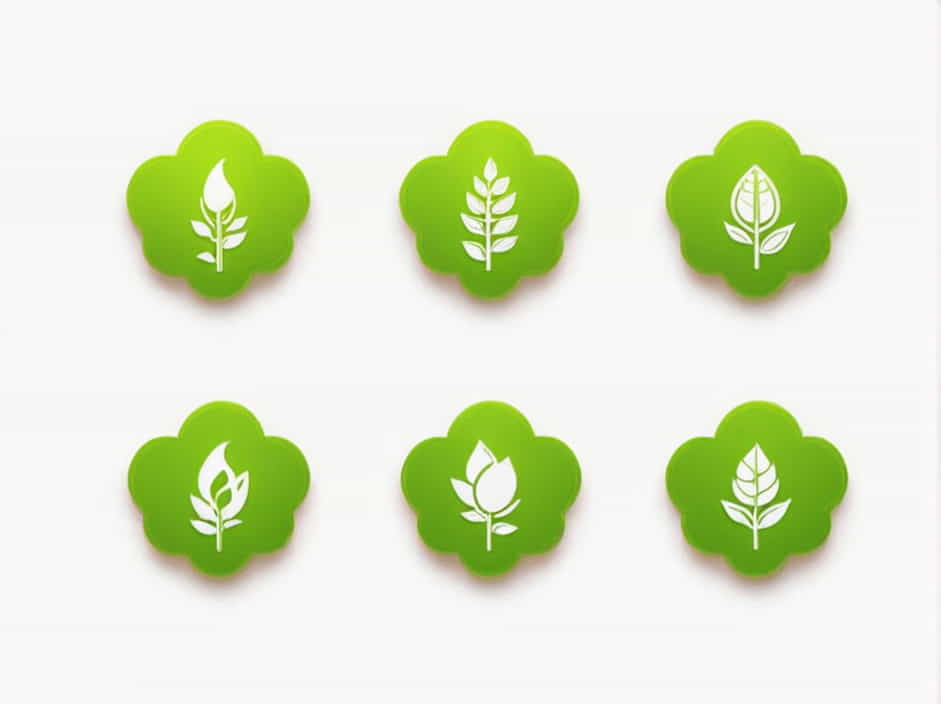Photosynthesis is a vital biological process that allows plants, algae, and certain bacteria to convert sunlight into energy. This process is responsible for producing oxygen and organic compounds that sustain life on Earth. But where does photosynthesis take place within a cell?
The key organelle responsible for photosynthesis is the chloroplast. In this topic, we will explore the structure and function of chloroplasts, the stages of photosynthesis, and why this organelle is essential for plant life.
What Is the Chloroplast?
Definition and Function
The chloroplast is a membrane-bound organelle found in plant cells and eukaryotic algae. It plays a crucial role in photosynthesis, the process by which light energy is converted into chemical energy in the form of glucose.
Structure of the Chloroplast
Chloroplasts have a complex internal structure that supports the different stages of photosynthesis. The main components include:
- Outer Membrane: The protective outer layer.
- Inner Membrane: Controls the movement of molecules in and out of the chloroplast.
- Thylakoids: Flattened sacs where the light-dependent reactions occur.
- Grana: Stacks of thylakoids that increase surface area for photosynthesis.
- Stroma: The fluid-filled space where the Calvin cycle (light-independent reactions) takes place.
- Chlorophyll: The green pigment inside thylakoids that absorbs light energy.
Why Are Chloroplasts Green?
Chloroplasts contain chlorophyll, a pigment that absorbs light from the sun, primarily in the blue and red wavelengths, while reflecting green light. This reflection is what gives plants their green color.
The Role of Chloroplasts in Photosynthesis
Photosynthesis occurs in two main stages within the chloroplast:
1. Light-Dependent Reactions (Occur in Thylakoids)
These reactions take place in the thylakoid membranes and require light energy. The key steps include:
- Chlorophyll absorbs light energy, exciting electrons.
- Water molecules split (photolysis), releasing oxygen, protons, and electrons.
- The energy from electrons is used to produce ATP (adenosine triphosphate) and NADPH.
- Oxygen is released as a byproduct into the atmosphere.
2. Light-Independent Reactions (Calvin Cycle – Occur in Stroma)
These reactions occur in the stroma and do not require direct sunlight. The main steps include:
- Carbon dioxide is absorbed from the air.
- ATP and NADPH (produced in light-dependent reactions) provide energy.
- The carbon molecules are rearranged to form glucose (C₆H₁₂O₆).
Why Is the Chloroplast Essential for Life?
The chloroplast plays a fundamental role in sustaining life on Earth. Some of its key functions include:
1. Oxygen Production
During photosynthesis, chloroplasts produce oxygen as a byproduct. This oxygen is essential for aerobic respiration, the process by which humans and animals generate energy.
2. Energy Conversion
Chloroplasts convert solar energy into chemical energy, which is stored in the form of glucose. This energy is later used by plants, animals, and humans.
3. Carbon Fixation
Through the Calvin cycle, chloroplasts help remove carbon dioxide (CO₂) from the atmosphere, reducing the impact of climate change.
4. Food Production
Plants use glucose to produce starch, cellulose, and other organic compounds, which serve as the base of the food chain.
Comparison Between Chloroplasts and Mitochondria
While chloroplasts are responsible for photosynthesis, mitochondria are the site of cellular respiration, the process that converts glucose into ATP. Some key differences include:
| Feature | Chloroplasts (Photosynthesis) | Mitochondria (Respiration) |
|---|---|---|
| Function | Converts light energy into glucose | Converts glucose into ATP |
| Location | Found in plant and algal cells | Found in both plant and animal cells |
| Key Pigment | Contains chlorophyll | Does not contain chlorophyll |
| Oxygen Role | Produces oxygen | Uses oxygen |
| Energy Output | Produces glucose | Produces ATP |
Other Organelles Involved in Photosynthesis
Although chloroplasts are the primary site of photosynthesis, other organelles play supporting roles:
- Cell Membrane: Regulates the intake of water and CO₂ needed for photosynthesis.
- Vacuole: Stores water, ions, and nutrients essential for photosynthesis.
- Nucleus: Controls the production of enzymes required for photosynthesis.
Do All Cells Have Chloroplasts?
Not all cells contain chloroplasts. Here’s how different types of cells vary:
- Plant Cells: Contain chloroplasts in their leaf and stem cells, where photosynthesis is most active.
- Root Cells: Do not have chloroplasts since they are underground and do not receive sunlight.
- Animal Cells: Lack chloroplasts because they obtain energy from consuming food rather than producing it.
- Algae Cells: Contain chloroplasts and perform photosynthesis like plants.
Evolutionary Origin of Chloroplasts
Scientists believe chloroplasts originated from cyanobacteria, a type of photosynthetic bacteria. This theory, known as the endosymbiotic theory, suggests that ancient plant cells absorbed cyanobacteria, which eventually evolved into modern chloroplasts.
The chloroplast is the powerhouse of photosynthesis, allowing plants to capture sunlight and convert it into energy. By producing oxygen and glucose, chloroplasts support life on Earth and maintain the balance of the ecosystem.
Understanding the role of chloroplasts helps us appreciate the importance of plants and their contribution to the planet’s oxygen supply, carbon cycle, and food production.
